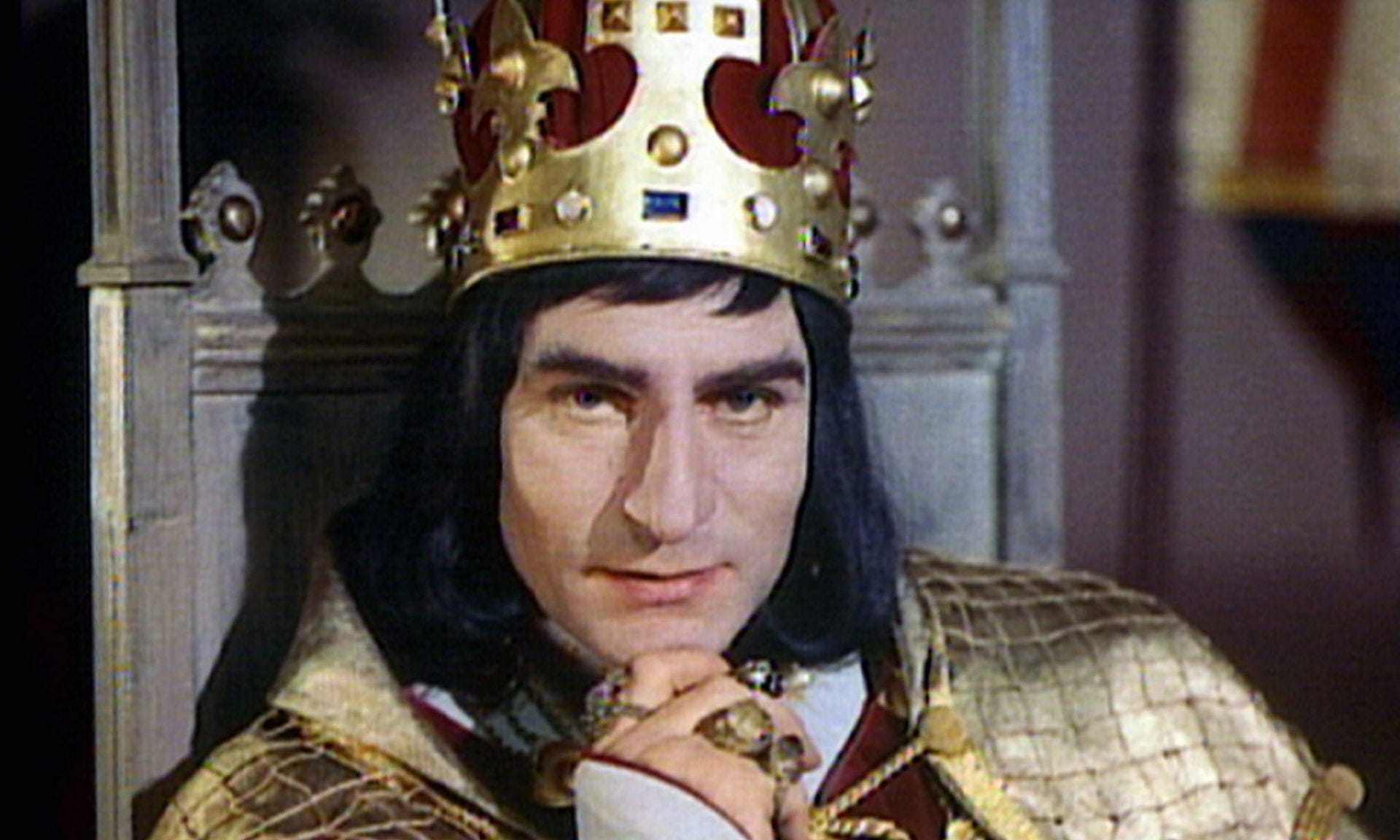For over 500 years, King Richard III has been branded one of England’s greatest villains — the hunchbacked usurper who allegedly murdered his young nephews, the Princes in the Tower, to seize the throne.
But now, a shocking new discovery could turn that centuries-old accusation on its head.
British historian Philippa Langley, the same relentless researcher who unearthed Richard III’s remains beneath a Leicester car park in 2012, claims to have found evidence that could completely rewrite British history — revealing that Richard III may not have killed the princes… but actually saved them.
“We may have been condemning an innocent man for half a millennium,” Langley declared in her explosive new documentary and book.
🏰 The Mystery That Haunted the Crown
The disappearance of Edward V and his brother Richard, Duke of York, in 1483 remains one of England’s darkest and most enduring mysteries. Locked away in the Tower of London after their father’s death, the boys vanished — never to be seen again.
For centuries, historians have laid the blame squarely on their uncle, King Richard III.
But Langley’s decade-long investigation — dubbed The Missing Princes Project — has unearthed a trail of evidence buried in European archives that tells a very different story.
📜 The Evidence That Changes Everything
Among Langley’s most shocking discoveries is a 1487 receipt from Lille, France, referring to “the son of King Edward who was expelled from his dominion.”
According to Langley, this document suggests that Edward V was alive years after his supposed murder — protected and supported by powerful allies abroad.
Even more astonishing is a Dutch manuscript containing what appears to be a first-person account by Richard, Duke of York, describing his daring escape from the Tower and life in exile.
“It reads like a confession from the grave,” Langley said. “If authentic, it changes everything we thought we knew.”
The revelations don’t end there. Two newly discovered documents — one from Austria, another from Dresden — show that European monarchs recognized a man claiming to be the real Duke of York.
If true, this would mean the so-called pretenders who appeared in later years — long dismissed as impostors — may have actually been the lost princes themselves.
⚔️ The Twist No One Saw Coming
Adding another layer to the mystery, Langley uncovered a 1516 will referencing a personal possession belonging to Edward V — tied to Sir James Tyrell, the very man long accused of murdering the boys.
But rather than an executioner, Langley argues, Tyrell may have been their protector, secretly ensuring their safety under Richard III’s orders.
“Richard’s reputation was destroyed by propaganda,” Langley insists. “But the documents tell a story of mercy, not murder.”
🕯️ A King’s Redemption — or Another Historical Mirage?
Skeptics are urging caution, arguing that while the documents are compelling, they don’t yet provide irrefutable proof.
Still, the timing of this discovery — amid a growing fascination with royal history and hidden truths — has sent shockwaves through the academic world.
If proven true, Langley’s findings could redeem one of history’s most maligned monarchs and forever alter how we view the bloody Wars of the Roses.
👁️ The Final Question
Did King Richard III truly save his nephews from a brutal fate — or is this just another twist in a centuries-old puzzle that refuses to die?
One thing is certain: the ghosts of the Princes in the Tower still whisper from the shadows of history…
and the truth may finally be within reach.





